Reels
-
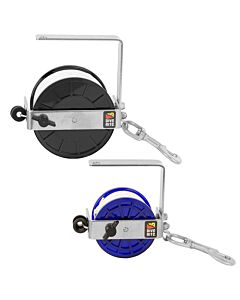 DGX Classic ReelsAs low as $59.00
DGX Classic ReelsAs low as $59.00 -
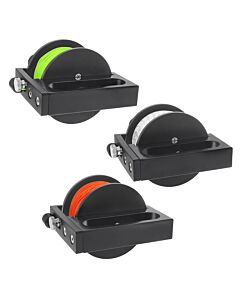 DGX Gears Sidehandle ReelAs low as $109.00
DGX Gears Sidehandle ReelAs low as $109.00 -
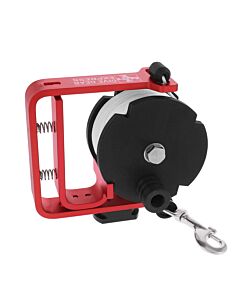 DGX Gears Handbrake Reel$149.00
DGX Gears Handbrake Reel$149.00 -
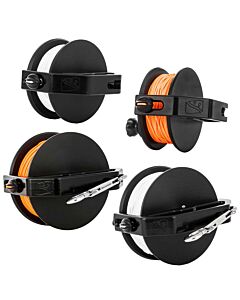 Dive Rite Azimuth ReelsStarting at $199.00
Dive Rite Azimuth ReelsStarting at $199.00 -
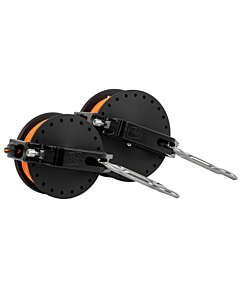 Dive Rite Slide Lock 2 ReelsStarting at $219.00
Dive Rite Slide Lock 2 ReelsStarting at $219.00 -
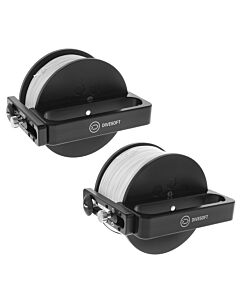 Divesoft Modular High-Capacity ReelAs low as $189
Divesoft Modular High-Capacity ReelAs low as $189 -
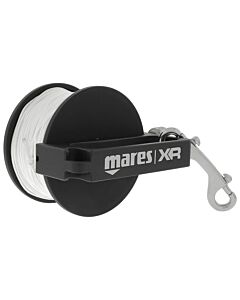 Mares XR Primary ReelsAs low as $419.95
Mares XR Primary ReelsAs low as $419.95 -
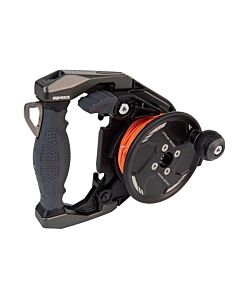 Apeks Lifeline Ascend ReelsAs low as $279.00
Apeks Lifeline Ascend ReelsAs low as $279.00 -
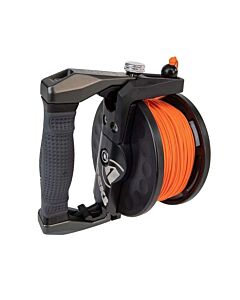 Apeks Lifeline Guide Reel$309.00
Apeks Lifeline Guide Reel$309.00 -
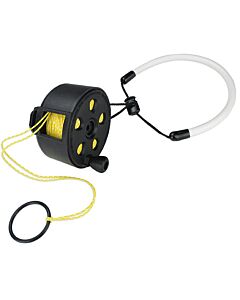 AP Diving Ratchet Pocket Reel$129.00
AP Diving Ratchet Pocket Reel$129.00 -
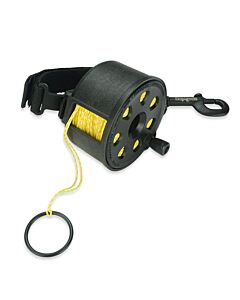 AP Diving Ratchet Dive Reel$249.00
AP Diving Ratchet Dive Reel$249.00 -
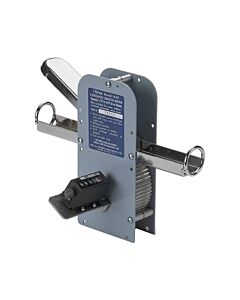 Reel Reload ServiceSelect reel & line to see price
Reel Reload ServiceSelect reel & line to see price -
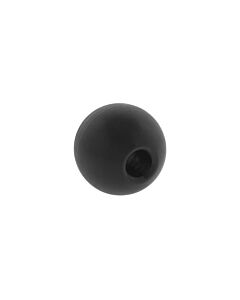 DGX Delrin Line Stop$3.00
DGX Delrin Line Stop$3.00 -
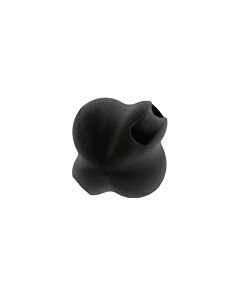 Dive Rite Line Stop$5.00
Dive Rite Line Stop$5.00 -
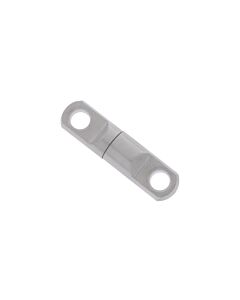 Line Swivel$2.50
Line Swivel$2.50
Selection, Care and Maintenance for Reels
Common reel applications and their minimum line length requirements: Jump: {50 ft | 15 m}, Sport: {100 ft | 30 m}, Safety: {125 ft | 40 m}, Flag: {150 ft | 50 m}, Tech: {200 ft | 60 m}, Primary: {400 ft | 120 m}, Explorer: {650 ft | 200 m}
Requirements vary slightly but most overhead diving classes require three reels: one large "primary" guideline reel with at least {400 ft | 120 m} of line, plus two smaller "safety" reels each with {125 ft | 40 m} or more of line. Depending on the training agency, mission and instructor, sometimes a larger finger spool is substituted for one of the required safety reels. Cave divers used to carry one or more {50 ft | 15 m} "jump" reels to connect gaps in permanent lines, although today most divers use small finger spools for this application. Divers making long penetrations may use "explorer" reels that contain {650 ft | 200 m} or more.
Open water technical classes require a {200 ft | 60 m} or larger "tech" reel and a surface marking device which may be deployed from below the surface (aka DSMB). Depending on local conditions many instructors also require a backup DSMB plus a backup reel; sometimes a larger finger spool can be substituted for the backup reel.
There are no specific equipment requirements regarding reels for open water sport diving, but prudent divers typically carry a {100 ft | 30 m} or larger reel along with a DSMB which is deployed during ascent or upon arrival at the safety stop. For this application, many divers carry a finger spool instead of a reel, but finger spools are not reels. When drift diving in strong currents, a common practice is to use an inexpensive {150 ft | 50 m} "flag" reel to maintain a continuous line to their surface marking buoy displaying a diver down flag. (Inexpensive can be a desirable feature for flag reels because if the current is stronger than anticipated, the reel may have to be sacrificed.)
Line length specifications on reels are approximate and the diver should confirm actual length before relying on a precise distance measurement. Guideline found on reels is available in three different types of materials: traditionally nylon, more recently polyester, and experimentally PES or UHMWPE. For a discussion of their characteristics and which is right for you, see our TekTip Characteristics of Line on Dive Reels.
After the dive, as with most dive equipment, at least rinse reels with fresh water following each dive and soaking in fresh water is preferred after diving in saltwater. You should also periodically disassemble the reel, and remove any build up of salt or sediment on its internal parts. We recommend pulling some or all of the line off the spool before each dive, then rewinding it neatly but not too tightly, so as to reduce the possibility of jamming during line deployment. If the line on the reel is new or very dry, especially if it is nylon, we recommend pulling the line off into a bucket of water. This will moisten the line, precluding it from swelling on the reel and further reducing the possibility of jamming or damaging the spool.
Overloaded reels and spools are common and too much line can cause jams during initial deployment. If you are having a problem with jams, check the length of the line and try removing some excess if your reel or finger spool has been overloaded.

